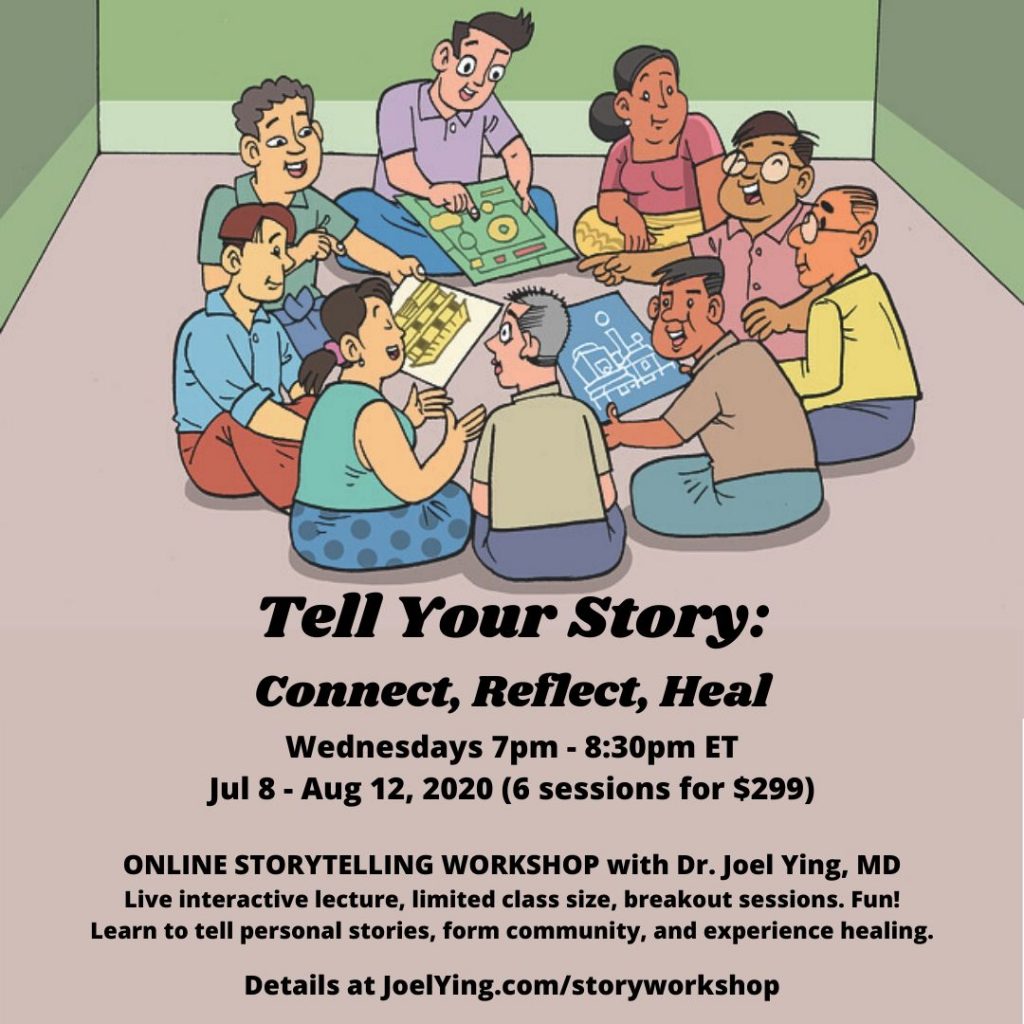The 4th wall
In theater, actors on stage describe the invisible 4th wall between the audience and the stage. The actors on stage have physical “walls” on 3 sides while the audience has an intimate view through the invisible 4th wall. In traditional theater, the actors pretend not to notice the audience. For the audience, this creates a feeling of being in the events as they unfold. This is part of the magic of the theater.
Breaking the 4th Wall
Motivational speakers, stand-up comedians, and storytelling performers use the stage differently. They break the 4th wall and interact with the audience. The theater is not dark because they need to see and respond to the audience. This creates a different magic — the intimacy of personal connection.
Multimedia and the 4th Wall
In our multimedia world of streaming video, television, and movies, the screen is the 4th wall. The actors on the screen cannot interact with us. Today, with live virtual meetings, we are breaking the 4th wall of the virtual screen.
Storytelling as Live Performance Art
In this post, I use the term storyteller to refer to someone who tells stories in the oral tradition, live and in person (or “virtually” in person in these days of online meetings).
As a live performance art in the online world, storytelling can be streaming video (4th wall intact) or performed with live audience faces that you can see (breaking the 4th wall). Even if the 4th wall is up, the intimate art of storytelling pretends that there is no wall. (“What wall? I don’t see a wall? People are actually laughing right now even though I can’t see or hear them. Right?”)
Whether the stage is elevated in front of hundreds or just one other person in conversation. The storyteller connects to the audience, responding to their verbal and non-verbal cues to adjust the pace, pausing at the right moments, sometimes even changing the words, and even asking for audience participation. While the storyteller must “know” the story, it should not come across as a memorized recitation.
Storytelling is a conversation with only one person talking.
In simplest terms, the teller speaks with words and the audience listens. However, it is not that simple. The teller “listens” to the cues from the audience like laughter, body language, and emotional reactions. The audience is “speaking” without words. The teller responds to these cues and lets the audience know “I’m here with you. You can trust me to take you on this journey. We are connected.”
Deep listening is a skill that can be learned.
This is the value of practicing stories or any live performance art in front of an audience. This deep listening to the audience is a learnable skill. Like all skills, it takes practice.
Teaching Storytelling
As I have been teaching storytelling, I have discovered the power of creating intentional safe space for stories. I have also discovered that most of us have forgotten how to listen to stories with an open mind and heart. Instead, we look for the problems, criticize them, and attempt to fix them. We have forgotten that criticism kills creativity. In the creative story idea phase, we need help to find the gold (not someone to point out all the dirt). Once we find the gold nuggets, we can craft the story idea it into a work of art. In the later stages, we may need help cleaning up the dirt.
I have discovered that the online space works well to teach the art and craft of storytelling. We can break the 4th wall. The online meeting space allows interactive live stories and lectures, interactive question and answer time, and breakout into small group exercises. As a live space, it allows us to practice this skill of deep listening to each other, not just with our ears, but to understand with our minds and hearts.
As I teach the art and craft of storytelling, I have realized that along the way what I am also teaching is story-listening. The great storytellers know how to listen the stories out of each other.
Join me in my next online storytelling workshop.
Tell Your Story: Connect, Reflect, Heal
July 8 – August 12, Wednesdays at 7pm – 8:30pm ET, 6 sessions. Stay tuned for future classes.
- Learn the art and craft of the personal story.
- Discover the hidden stories inside of you.
- Learn to create safe space for stories.
- Experience the power of listening and having someone listen the stories out of you.
- Break the 4th wall.

